 Facebook
Facebook
 X
X
 Instagram
Instagram
 TikTok
TikTok
 Youtube
Youtube



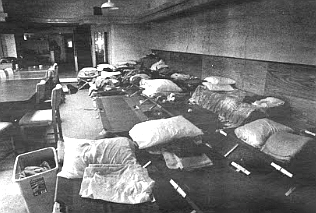
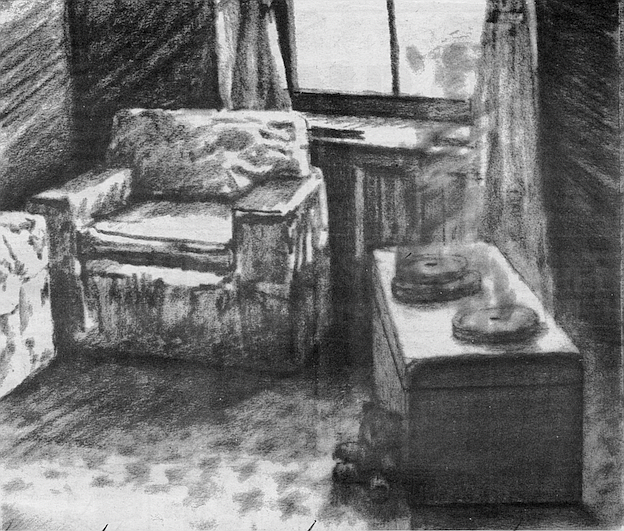
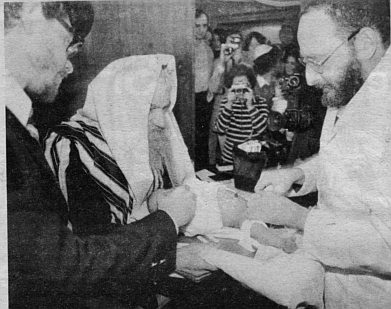
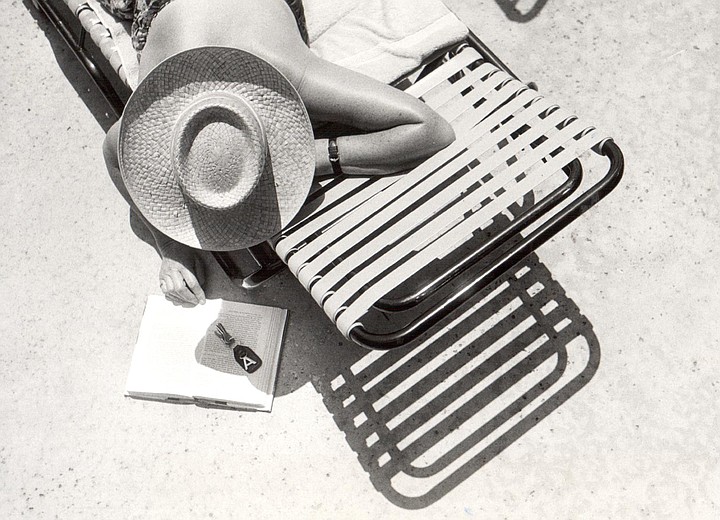
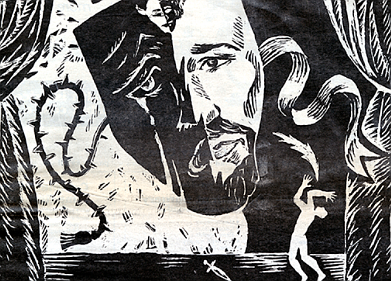
How Garson came to write for the Reader:
When I stumbled into a small piano bar in Bankers Hill called the Caliph, a steady stream of after-hours nocturnal characters drew me to them as they created a spontaneous cabaret. An airline pilot with a rich baritone voice sang a number from Showboat. A soprano from Starlight theater dropped in post performance, and two tenors from Palermo who had just finished servicing and cleaning airplanes at Lindbergh field stopped by close to midnight to belt out a few Puccini arias before going home to their families. Nobody wanted to leave.
These characters soon appeared in my typewriter. I mailed a copy to Jim Mullin, then editor of the Reader. Three days later he called, my tale of the Caliph quickly appeared in print without a single edit, a $50 check promptly surfaced, and I was immediately assigned to write other stories. Before long I was pitching story ideas which almost always came to fruition. DG Wills bookstore in La Jolla became a productive hang-out for cover stories. Even some events in my own family became suitable stories. The most memorable of these was "Postcards from Kiev," which described my arrival in Russia on the day that Chernobyl blew.
Another favorite story was "For Whom The Bells Tolled." At a documentary film shown at UCSD I met eight San Diego Veterans of the Spanish Civil War who were members of the Abraham Lincoln Brigade. All of them claimed to have met Hemingway, of course.









How Garson came to write for the Reader:
When I stumbled into a small piano bar in Bankers Hill called the Caliph, a steady stream of after-hours nocturnal characters drew me to them as they created a spontaneous cabaret. An airline pilot with a rich baritone voice sang a number from Showboat. A soprano from Starlight theater dropped in post performance, and two tenors from Palermo who had just finished servicing and cleaning airplanes at Lindbergh field stopped by close to midnight to belt out a few Puccini arias before going home to their families. Nobody wanted to leave.
These characters soon appeared in my typewriter. I mailed a copy to Jim Mullin, then editor of the Reader. Three days later he called, my tale of the Caliph quickly appeared in print without a single edit, a $50 check promptly surfaced, and I was immediately assigned to write other stories. Before long I was pitching story ideas which almost always came to fruition. DG Wills bookstore in La Jolla became a productive hang-out for cover stories. Even some events in my own family became suitable stories. The most memorable of these was "Postcards from Kiev," which described my arrival in Russia on the day that Chernobyl blew.
Another favorite story was "For Whom The Bells Tolled." At a documentary film shown at UCSD I met eight San Diego Veterans of the Spanish Civil War who were members of the Abraham Lincoln Brigade. All of them claimed to have met Hemingway, of course.
Comments